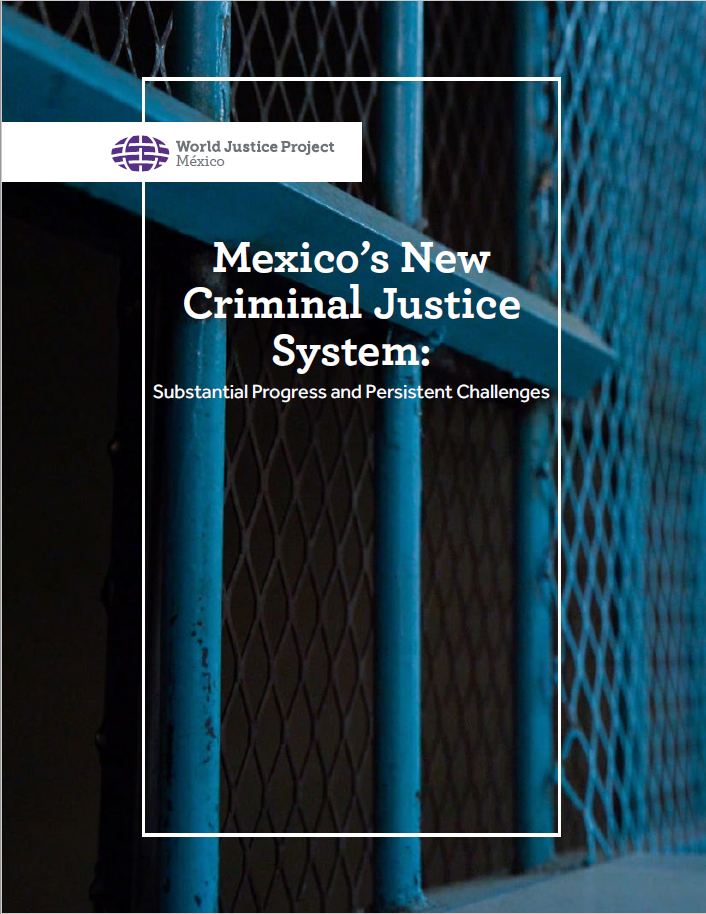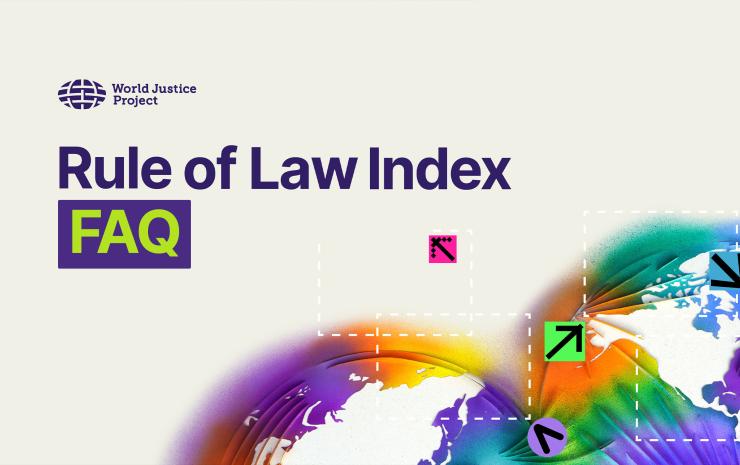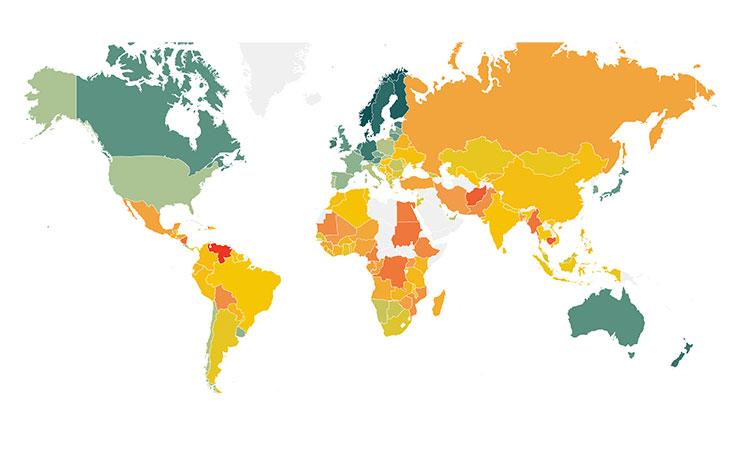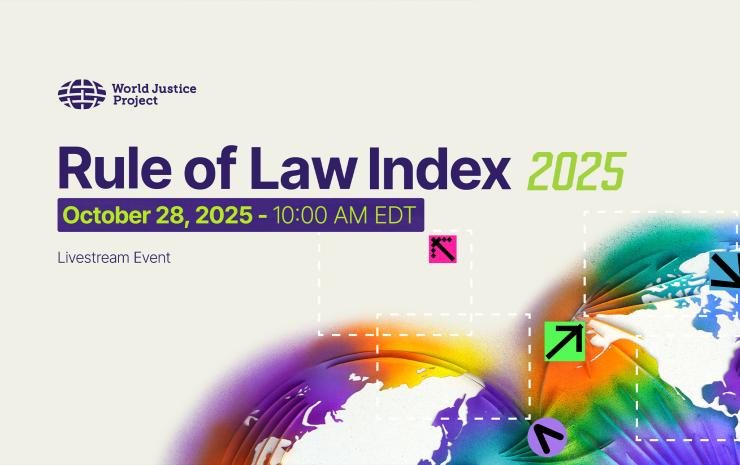
Results of the criminal justice reform in Mexico, two years after its implementation
It has been 10 years since, in 2008, Mexico approved a constitutional reform with the aim of drastically transforming the criminal justice system. The adversarial accusatory system promised increased transparency, accountability, and stronger protections for victims and those accused of crimes. The eight-year term established in the Constitution for the 32 states to transition to the New Criminal Justice System (NCJS) ended in June 2016, two years ago. What has been the impact of the criminal justice reform?
To answer this question, the World Justice Project (WJP) and Abogados con Cámara conducted an analysis of the National Survey of Population Deprived of Liberty (ENPOL) –which includes responses from more than 58,000 inmates– combined with a database with the implementation date of the NCJS at the municipal level and by type of crime. On June 18, in the context of the anniversary of the criminal justice reform, WJP and Abogados con Cámara presented a report with the main highlights of this analysis.
The report explains that, as a result of the implementation of the NCJS, the judge’s rulings are clearer, the judges are present and pay attention to the court hearings, and hearings are recorded in audio and/or video. In addition, judicial proceedings are faster. The analysis also shows that the positive effects of the reform take time. In fact, the first implementers of the NCJS show a better performance than other states, although all of them show gradual improvements.
On the other hand, the analysis reveals that challenges persist in the police and prosecution, and today, the mistreatment of people during detention continues to be a frequent problem. Reforming these institutions is a task that cannot be postponed if we want to improve the quality of the criminal justice system.

Resultados de la reforma de justicia penal en México, a dos años de su implementación
Han pasado 10 años desde que, en 2008, México aprobó una reforma constitucional con el objetivo de transformar drásticamente la justicia penal. Con el sistema acusatorio adversarial se buscaba garantizar procesos transparentes, eficientes, y respetuosos de los derechos de las víctimas y de las personas acusadas por algún delito. El plazo de ocho años que se estableció en la Constitución para que las 32 entidades del país transitaran al Nuevo Sistema de Justicia Penal (NSJP) concluyó en junio de 2016, hace dos años. En este punto del camino recorrido, ¿cuál ha sido el impacto de la reforma penal?
Para contestar esta pregunta, el World Justice Project (WJP) y Abogados con Cámara, A.C. realizaron un análisis de la Encuesta Nacional de Población Privada de la Libertad (ENPOL) –que incluye respuestas de más de 58 mil personas privadas de la libertad–, en combinación con una base de datos de la fecha de implementación de la reforma a nivel municipal y por tipo de delito. Con esta información, presentaron el reporte “La nueva justicia penal en México: Avances palpables y retos persistentes” el 18 de junio, en el contexto del aniversario de la reforma de justicia penal.
El reporte explica que, como resultado de la implementación del NSJP, las sentencias son más claras, los jueces están presentes y ponen atención en las audiencias, y las audiencias son grabadas en audio y/o video. Además, los procesos judiciales son más rápidos.
También se encontró que los efectos positivos de la reforma toman tiempo. De hecho, los primeros implementadores del nuevo sistema muestran un mejor desempeño que las otras entidades del país, aunque en todas se observan mejoras graduales.
Por otro lado, el análisis revela que persisten retos en la policía y las fiscalías, y hoy, el maltrato a las personas durante la detención sigue siendo un problema frecuente. Reformar ambos eslabones es una tarea inaplazable para mejorar la calidad de la justicia y la capacidad del sistema para reducir la impunidad.







